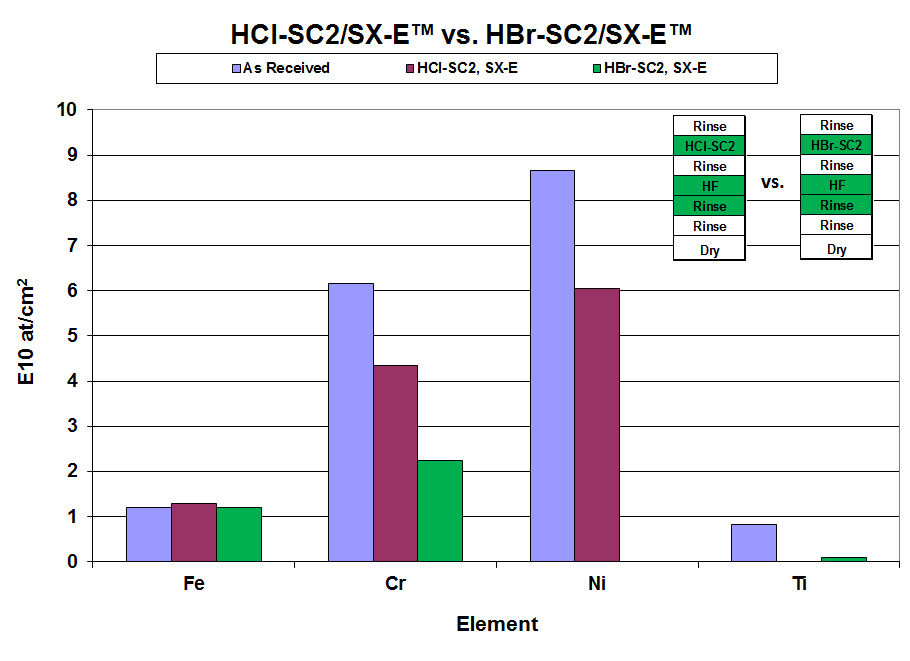By Helmuth Treichel, Sunsonix; Avery Goldstein, Sunsonix; Mark A. George, Sunsonix; David A. Bohling, Sunsonix; Jochen Rentsch, Head of the Wet Chemical and Plasma Technologies/Process Transfer Department, Fraunhofer ISE; Antje Oltersdorf, Fraunhofer ISE; Martin Zimmer, Department for Wet Chemical and Plasma Technologies, Fraunhofer ISE; Sara G. Ostrowski, Materials Characterization Scientist, Evans Analytical Group; Ian Mowat, Director of Sales, Surface Analysis and Materials Characterization Division, Evans Analytical Group; Larry Wang, Vice President and Scientific Fellow, SIMS, Evans Analytical Group; Werner Kern, President, Werner Kern Associates
Processing silicon substrates for PV applications involves texturing, cleaning and/or etching wafer surfaces with chemical solutions. Depending on the cleanliness of the industrial equipment and the purity of the chemical solutions, surface contamination with metals or organic residues is possible [1]. The presence of trace contamination at PV junctions leads to both mid-level traps and photonic defects, which ultimately cause reduced efficiency and rapid cell degradation. Metallic impurities have a greater impact on PV cell lifetime due to their deeper energy levels in the silicon band gap [2]. On the other hand, non-metallic impurities may modify the electrical activity of PV cells because these species involve complex interactions with the host silicon lattice and its structural defects. In other words, very small amounts of contamination can result in poor PV efficiency. This paper presents an overview of the effects of adding a biodegradable complexing agent in cleaning and rinsing baths to minimize surface contamination and thereby enhance solar cell efficiency.



